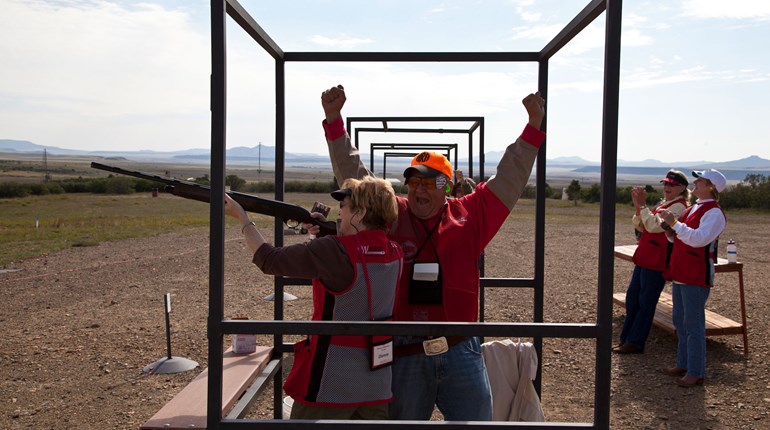
Spring hunting seasons are winding down, and hunters are starting to get bored. At the same time, the first fruits and vegetables of spring are beginning to show their buds…only to be targeted before they can ripen by a number of outdoor pests. The great news is that both of these problems have the same solution: pest eradication. If you’d like to keep your hunting skills sharp while simultaneously making friends with a farmer, you might want to consider knocking on their door and asking if they’d like you to help rid them of some common pests that can cause a real problem for crops and livestock. Not only will you get a chance to keep your hand in, but you just might wind up getting a sample of some of the delicious fruits, vegetables, meat and eggs you’re helping to save. Here are three pests that farmers would just love for you to shoot.
1. Coyotes
They may look rather a bit like household pets, but coyotes are the furthest thing from domestic. Due to its omnivorous, adaptable nature, as well as a lack of natural predators in most areas of the country, the “songdog” is an extremely successful species that has spread from the Southwest all the way to even the most urban environments of the East Coast. Unfortunately, the success of these varmints has often spelled failure for farmers, because ‘yotes don’t isolate their feeding to the woods—they’re infamous for attacking livestock, pets…even, rarely, human beings. They’ll also feed on fruits and vegetables…in fact, they’re known for enjoying melons.
Due to the fact that these critters’ population has skyrocketed, many states are offering year-round seasons on the coyote. (Of course, always check your local laws and secure the permission of the landowner before you get started!) Although most people don’t eat coyote meat, their pelts can bring in a nice price, which is why they are usually hunted with rifles in smaller centerfire calibers such as the .223 and .22-250 to reduce damage to the pelt. For more information on tactics, click here! 
2. Prairie Dogs
Yes, these diminutive members of the squirrel family are sort of cute. But there’s nothing cute about what they do when they set up town (literally; prairie-dog settlements are known as “towns”) on a ranch or farm. As they build their underground burrows, the dogs eat every blade, shoot and root in the area, turning grassland into something that resembles a moonscape. Once they’ve moved on to greener pastures, the vegetation does indeed start to grow back…which obscures the deep holes they’ve dug into the landscape. Cattle and horses then step into these holes, breaking legs, which means they frequently have to be destroyed. What’s more, prairie dogs can and do host a disease called yersinia pestis, also known as bubonic plague.
This Great Plains pest is generally huntable year-round—once again, with the caveat that you must check your local laws and secure the permission of the landowner before you get started. Prairie dogs are usually hunted with rimfires such as the .17 HMR and .22LR, but you shouldn’t be thinking in terms of recovering any meat, securing any trophies, or really even getting close enough for photos…(that whole Black Plague thing). 
3. Groundhogs
How much wood would a woodchuck chuck if a woodchuck could chuck wood? The famous tongue-twister isn’t meant to really have an answer, but the truth of the matter is that groundhogs—also known as woodchucks or, rather charmingly, whistle pigs—eat quite a lot. What annoys professional farmers and suburban gardeners alike is that they seem to focus entirely on the freshest, ripest pickings. Like their much smaller Western cousin, the prairie dog, woodchucks build deep, extensive burrows. Farmers particularly dislike those burrows, as they can be wide enough to break a tractor axle, but homeowners are often equally distressed to find burrows emanating from beneath their own foundations.
As with the other two pests on this list, many states allow year-round hunting of this pest. Most hunters use smaller centerfires like the .22-250, .223 and .204 Ruger on the groundhog. Unlike prairie dogs, groundhogs aren’t known to transmit diseases to humans, and their meat is said to taste similar to squirrel. Of course, you should always practice safe game-meat handling practices (and do we need to repeat the part about checking your local laws and securing the landowner’s permission?).







































